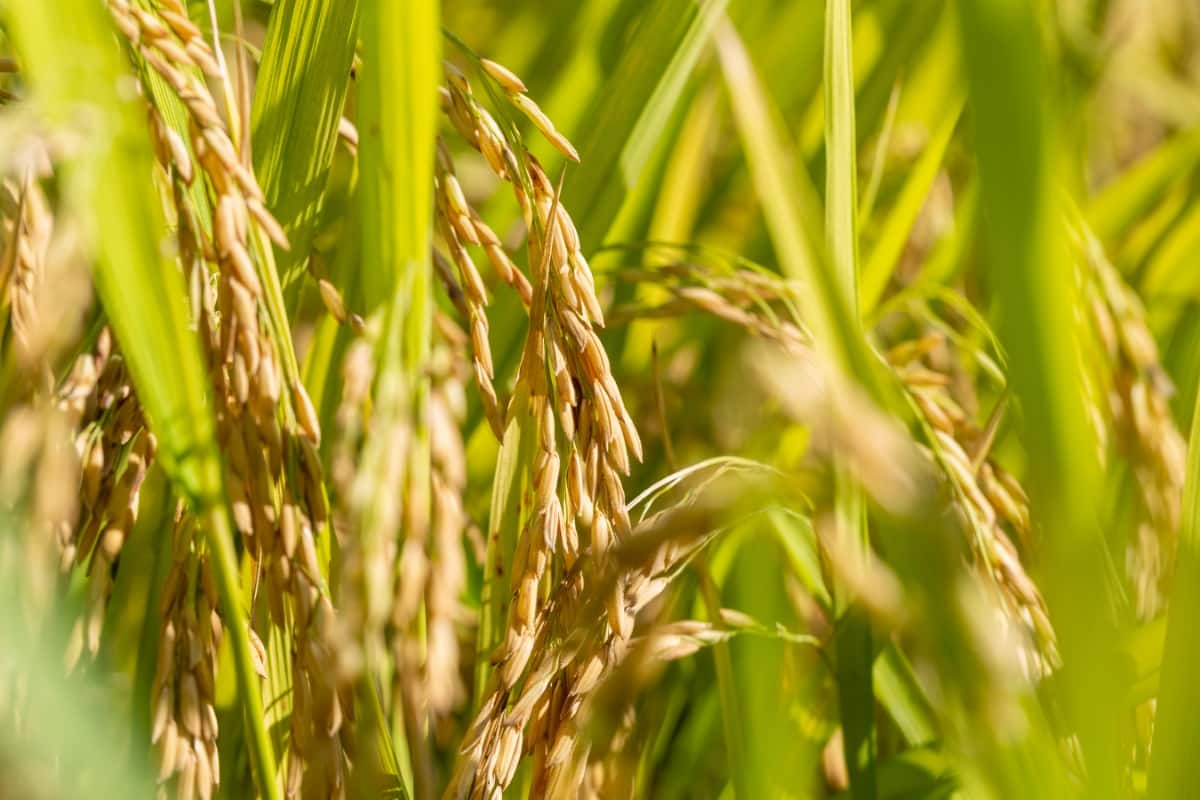Organic farming is gaining momentum in the Philippines as a viable and eco-friendly alternative to conventional agriculture. The increased demand for organic products, driven by consumer awareness of the potential health benefits and environmental impact, has created a lucrative opportunity for entrepreneurs looking to venture into this sector. This article delves into the organic farming business plan in the Philippines, including profit and investment figures, key states for organic farming, and information specific to the country.

Organic Farming Business Plan in the Philippines
Market Overview
The organic farming sector in the Philippines is growing steadily, with the market size projected to reach over PHP 5 billion by 2025. This growth is fueled by a mix of factors, including rising consumer awareness about health and the environment, government support and incentives, and the entrance of new players in the organic farming space. The primary products driving this growth are organic fruits and vegetables, followed by organic rice and other staple crops.
Key States for Organic Farming in the Philippines
The province of Negros Occidental is a prominent hub for organic agriculture, known for its Organic Food Village and highly successful annual Negros Organic Farmers’ Festival. Benguet, the “Salad Bowl of the Philippines,” is a major producer of organic vegetables and holds the annual Benguet Organic Agriculture Congress. Quezon province is another notable region for organic farming, with the town of Sariaya leading the way in organic rice production and sustainable farming practices.
Investment and Profitability
The initial investment required for starting an organic farm in the Philippines varies based on land size, location, crop choice, and infrastructure. It can range from PHP 1 million to PHP 5 million, including land acquisition costs, farm equipment, seedlings, organic fertilizers, and other necessary inputs.
The profitability of an organic farming business depends on factors such as crop choice, farm size, production efficiency, and marketing strategies. Organic farming can yield 10-30% higher profit margins compared to conventional farming, mainly due to the premium prices that organic products command. The return on investment (ROI) for an organic farm in the Philippines ranges from 10-20%, with a payback period of 3-5 years.
Legal and Regulatory Framework
- Business registration: Registering the business with the Department of Trade and Industry (DTI) for sole proprietorship, the Securities and Exchange Commission (SEC) for corporations, and the Cooperative Development Authority (CDA) for cooperatives.
- Tax registration: Obtaining a tax identification number (TIN) and registering with the Bureau of Internal Revenue (BIR).
- Local permits: Securing necessary permits from local government units, such as the mayor’s and sanitary permits.
- Organic certification: Acquiring organic certification from accredited certifying bodies, such as the Organic Certification Center of the Philippines (OCCP) or the Negros Island Certification Services (NICERT).
Land Acquisition and Preparation
Selecting a suitable location is a critical aspect of starting an organic farm. Factors to consider include soil quality, water availability, climate, and market proximity. In the Philippines, land prices vary significantly based on location, ranging from PHP 100 to PHP 1,000 per square meter. Upon acquiring the land, the next step is soil preparation.
This involves clearing the land of debris, weeds, or existing crops and enhancing soil fertility by applying organic matter, such as compost, animal manure, or green manure. Soil testing is crucial in determining the soil’s nutrient needs and ensuring the appropriate application of organic amendments. Implementing soil conservation measures, such as contour plowing, terracing, or mulching, is also essential to stop soil erosion and maintain soil health.
In case you missed it: How to Create a Profitable Organic Farming Business Plan in Switzerland

Crop Selection and Cultivation
For an organic farm to succeed, its crops are very important. Factors to consider include local climate conditions, soil type, market demand, and profitability. In the Philippines, some popular organic crops include rice, vegetables, fruits, coffee, and cacao.
- Crop rotation: Rotating crops to prevent soil nutrient depletion and reduce the risk of pest and disease outbreaks.
- Intercropping: Planting multiple crops together to promote biodiversity, reduce pest and disease pressure, and optimize land use.
- Organic pest and disease management: Utilizing biological control agents, such as beneficial insects or microorganisms, and applying organic pesticides and fungicides derived from natural sources.
- Organic fertilization: Using compost, animal manure, and green manure to supply the necessary nutrients for crop growth.
Irrigation and Water Management
Adequate water supply is essential for successful crop production. The primary irrigation water sources in the Philippines are rivers, lakes, and groundwater. Rainwater harvesting is another viable option for supplementing irrigation needs. Efficient water management practices, such as drip irrigation, furrow irrigation, or sprinkler systems, can help conserve water and reduce evaporation losses.
Harvesting and Post-Harvest Management
Timely and proper harvesting techniques are essential to maintain the quality of organic produce. Harvesting should be done during cooler times of the day to minimize heat stress on the crops. Post-harvest management is also crucial, as it ensures that the produce is handled, stored, and transported in a manner that retains its quality and freshness.
Marketing and Distribution
- Direct marketing: Selling products directly to consumers through farmers’ markets, community-supported agriculture (CSA) programs, or online platforms.
- Retail outlets: Partnering with supermarkets, grocery stores, or specialty shops that cater to health-conscious consumers.
- Wholesale distribution: Supplying organic products to hotels, restaurants, and other food establishments, prioritizing organic and locally sourced ingredients.
- Export markets: Tapping into the growing global demand for organic products, especially in countries like the United States, European Union, and Japan.
Challenges and Opportunities
Organic farming in the Philippines faces several challenges, including high production costs, limited access to organic inputs, a lack of knowledge and technical expertise, and weak market linkages. However, the growing demand for locally and internationally organic products presents significant opportunities for entrepreneurs in this sector.
In case you missed it: How to Create a Profitable Organic Farming Business Plan in Africa

Conclusion
By adopting sustainable farming practices, leveraging government support and incentives, and tapping into emerging market trends, organic farming businesses in the Philippines can achieve long-term success while contributing to a healthier and more sustainable future for the country.
- Feed Your Flock for Less: Top 10 Tips to Save on Chicken Feed
- Ultimate Guide to Ossabaw Island Hog: Breeding, Raising, Diet, and Care
- Hatching Answers: The Top 10 Reasons Your Chickens Aren’t Laying Eggs
- Eggs and Economics: Breaking Down the Cost of Raising Backyard Chickens
- Defend Your Greens: Proven Methods to Keep Iguanas Out of Your Garden
- Ultimate Guide to Cinnamon Queen Chicken: A Comprehensive Guide for Beginners
- Ultimate Guide to California Tan Chicken: Breeding, Raising, Diet, Egg-Production and Care
- Ultimate Guide to Marsh Daisy Chicken: Breeding, Raising, Diet, and Care
- 10 Types of Chicken Farming Businesses You Can Start for Profits